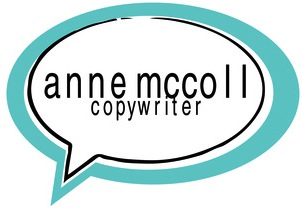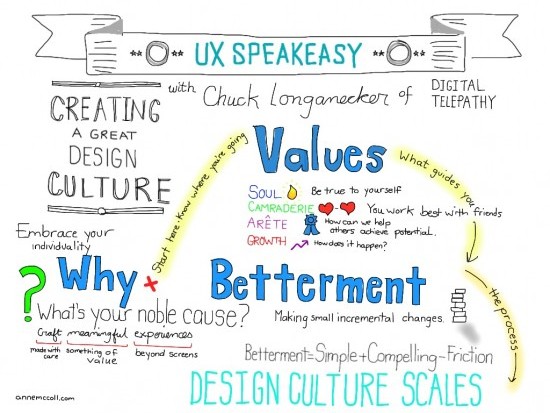“After I lost about sixty percent strength in my arms, I arrived at a very scary place—a dark hole. I’m usually a pretty upbeat person. But I came to a crossroads: do I go down this dark hole or do I move forward? I said to myself, ‘This is going to suck, but I’m going to make the best of this.'”
Fast forward a couple of years. When Justin asked his best friend Patrick Gray to join him on the five hundred-mile El Camino de Santiago (The Way of St. James)through the Pyrenees Mountains and the arid deserts of northern Spain, Patrick answered the only way he knew how.
“I’ll push you,” Patrick said.
Thus began a journey that would require far more than either of them could have imagined.
Lessons From the Road
Once they were on the Camino, Justin and Patrick quickly learned that they had to ask for help. Justin recalls, “I think it was an especially important lesson for Patrick. He thought he was going to push me the whole way, and it became apparent on the first day he wouldn’t be able to.”
Justin also had to learn to let go. “We’re raised to be independent in this culture. It’s just a fact now, I need other people to do just about anything.”
“We realized this was going to take more than the two of us,” he continues. “I had to be okay with being vulnerable and allowing people to help me. We all need help with something—whether it’s climbing a mountain, or in your career, your personal life, or marriage. When you allow somebody to help you they find great joy in that.”
Forging a New Path
Although Justin has spoken around the country and appeared on both the Meredith Vieira Show and the stage of TEDx, coming home to San Diego was extra special for him.
“It was really cool,” he says. “I wasn’t nervous being in front of my peers, it was exciting. In the past my disability hasn’t been at the forefront, and now it is as I am talking about my life and my experiences.”
Ron Miriello, a pillar in the San Diego design community who hired Justin as a young designer, knows Justin well, and has followed his story closely. “I find it fascinating—how do we define what it means to be a designer? Design is much more than a professional set of skills it takes to get a job,” says Ron. “It’s a point of view and perspective.”
“In Justin’s case I keep going back to the analogy of the game of Pick Up Sticks. You start removing pieces until you are left with the essential elements,” muses Ron. “That’s what happened to Justin. He’s lost use of his feet, then legs, then his arms. But he hasn’t lost his essence of being a designer.”
“I was made to be a designer, I was made to be a creative individual,” says Justin. “With the progression of my disease, especially in my arms, I’ve had to adapt. In the past, I used my creativity to solve problems for clients through design,” he adds. “Now I use my creativity in a new way. It’s the same set of skills, just used in a new way. I had to adapt and learn to use new tools. I now use voice dictation and even an eyeball tracker to do things.”
Justin has also had to make shifts in how he communicates. By putting his disability at the forefront, he admits, “I have to be more vulnerable and honest about my challenges.”
The Journey Has Just Begun
Justin and Patrick want to share their story with as many people as possible, and Justin has already appeared onstage at various universities and events around the country.
They also collaborated with emota, a San Diego-based video agency, to tell their story. emota sent a crew to Spain to film the friends’ journey for a documentary, aptly titledI’ll Push You. After raising funds for the project on Kickstarter, they expect to release the documentary by the end of the year.








































